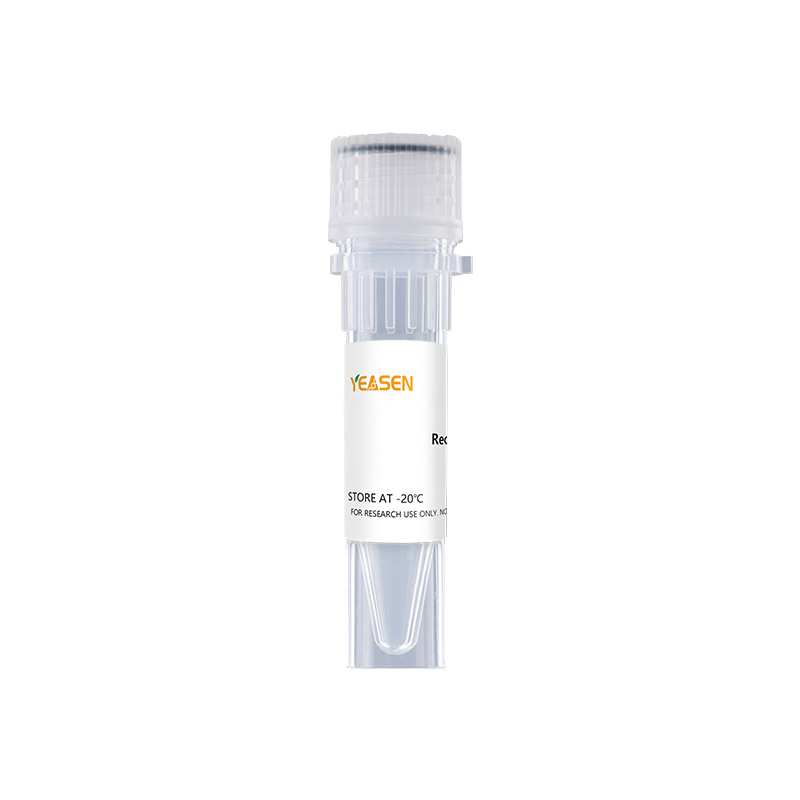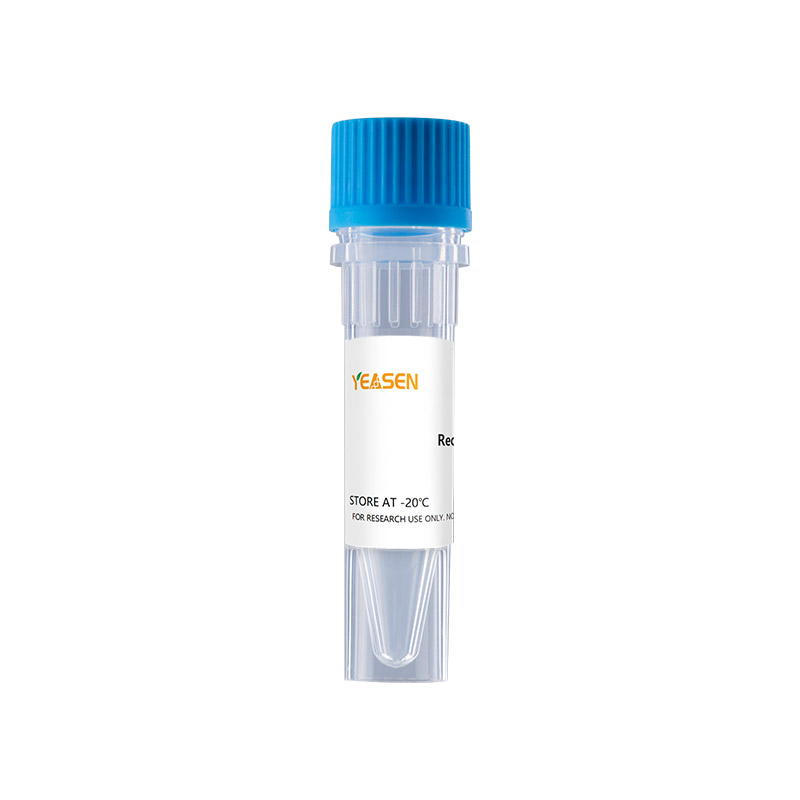FGF acidic, also known as FGF1, ECGF, and HBGF-1, is a 17 kDa nonglycosylated member of the FGF family of mitogenic peptides. FGF acidic, which is produced by multiple cell types, stimulates the proliferation of all cells of mesodermal origin and many cells of neuroectodermal, ectodermal, and endodermal origin. It plays a number of roles in development, regeneration, and angiogenesis. Human FGF acidic shares 54% amino acid sequence identity with FGF basic and 17% 33% with other human FGFs. It shares 92%, 96%, 96%, and 96% aa sequence identity with bovine, mouse, porcine, and rat FGF acidic, respectively, and exhibits considerable species crossreactivity. Alternate splicing generates a truncated isoform of human FGF acidic that consists of the N-terminal 40% of the molecule and functions as a receptor antagonist. During its nonclassical secretion, FGF acidic associates with S100A13, copper ions, and the C2A domain of synaptotagmin 1. It is released extracellularly as a disulfide-linked homodimer and is stored in complex with extracellular heparan sulfate . The ability of heparan sulfate to bind FGF acidic is determined by its pattern of sulfation, and alterations in this pattern during embryogenesis thereby regulate FGF acidic bioactivity . The association of FGF acidic with heparan sulfate is a prerequisite for its subsequent interaction with FGF receptors. Ligation triggers receptor dimerization, transphosphorylation, and internalization of receptor/FGF complexes.
高纯度、高活性、低内毒素、高批间一致性
-25 ~ -15℃保存,收到货之后有效期1年。 复溶后,无菌条件下,2~8℃保存,7天有效期。复溶后, 无菌条件下,-85 ~ -65℃保存,3个月有效期。


